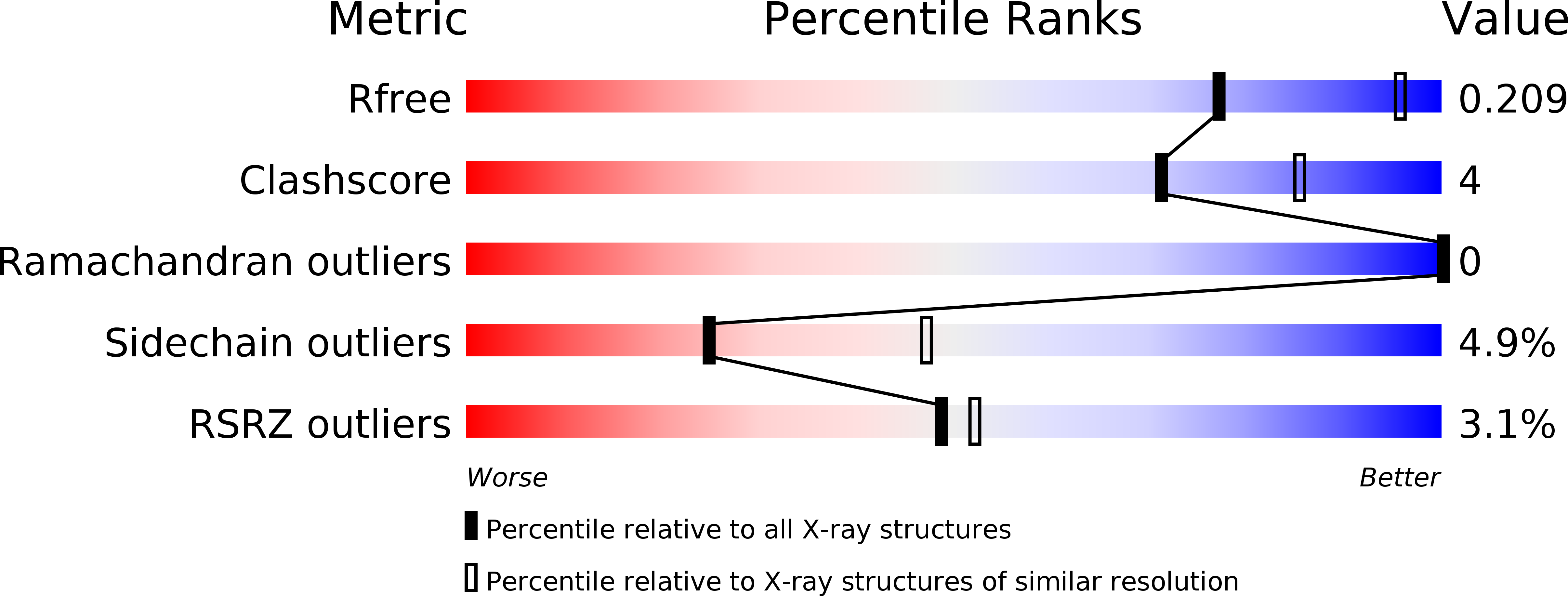
Deposition Date
2013-05-19
Release Date
2013-06-19
Last Version Date
2024-11-20
Entry Detail
PDB ID:
4KT1
Keywords:
Title:
Complex of R-spondin 1 with LGR4 extracellular domain
Biological Source:
Source Organism:
Homo sapiens (Taxon ID: 9606)
Host Organism:
Method Details:
Experimental Method:
Resolution:
2.50 Å
R-Value Free:
0.20
R-Value Work:
0.16
R-Value Observed:
0.16
Space Group:
P 32


